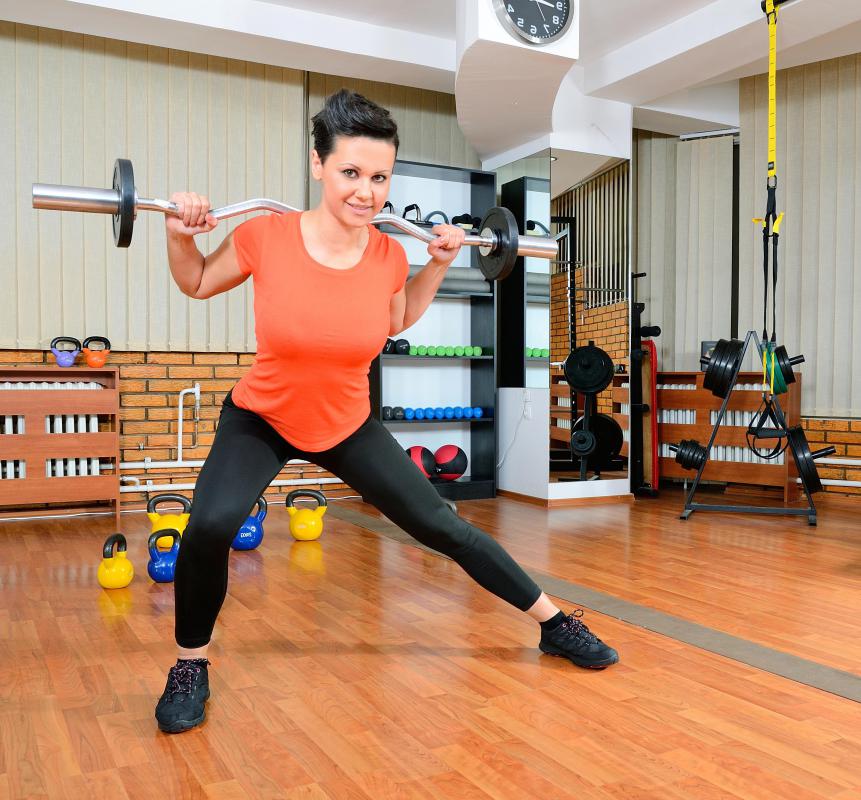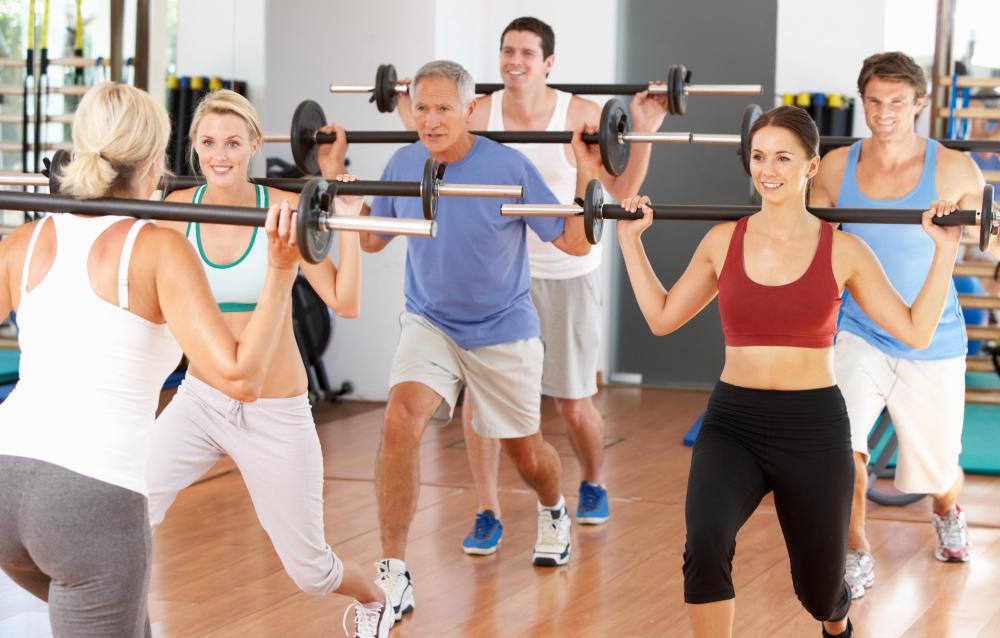At WiseGEEK, we're committed to delivering accurate, trustworthy information. Our expert-authored content is rigorously fact-checked and sourced from credible authorities. Discover how we uphold the highest standards in providing you with reliable knowledge.
What is the Adductor Brevis?
The adductor brevis is a muscle found on the inner thigh. It is one of three muscles in the adductor group, which also includes the adductor magnus and the adductor longus. Collectively, these muscles are responsible for hip adduction, which is the lateral pulling of the leg inward toward the midline of the body.
With fibers running obliquely from the pubic bone down toward the midline of the thigh, the adductor brevis is the smallest muscle in the adductor group. It is found beneath the slightly larger adductor longus, whose fibers run parallel to those of the brevis, and the pectineus muscle, which is found just superior to the adductor muscles and whose fibers also run parallel. The adductor brevis is long and narrow, like a band, but is narrower at the upper portion and wider toward the bottom. Originating on the superior and inferior rami of the pubis bone, which form the two sides of the L-shaped pubis, the brevis inserts along the linea aspera of the femur bone. The linea aspera is a vertical ridge running down the posterior or back side of the femur and is where all of the adductor muscles attach.

Along with the pectineus, gracilis — which is a band that runs vertically down the inner thigh — and other adductor muscles, the adductor brevis is responsible for hip adduction. When the hip is extended, as in the standing position, adduction is the action of pulling the leg inward laterally from a split position. An example of this motion is jumping the legs together during a jumping jack. One exercise that works the hip adductors is the side lunge, in which one takes a wide step to the side, lowers her hips down and back into a lunge while keeping the extended leg straight, and then pushes off the bent leg to return to the starting position.

As the adductors rarely become fully extended during daily activity, they are susceptible to tightness and injury. The act of sitting with legs crossed or squeezed together is one behavior that causes these muscles to become over-worked and overly tight. Because most people perform minimal side-to-side movement on a regular basis, when they do participate in activities requiring a lot of lateral movement, as in playing tennis, basketball, or soccer, they may be at risk for muscle pulls in the adductor group. Holding a static stretch in the side-lunge position as well as training the hip abductor muscles, which lift the leg sideways away from the body, is one method of relieving tightness in the adductor brevis and surrounding muscles.
AS FEATURED ON:
AS FEATURED ON:














Discuss this Article
Post your comments